|
My blog posts revolve around my interests and vocation as a historian: the intersection of history and contemporary church life, the intersection of history and contemporary politics, serendipitous discoveries in archives or on research trips, publications and research projects, upcoming conferences, and speaking engagements.
I sometimes blog for two other organizations, the Canadian Baptist Historical Society and the Centre for Post-Christendom Studies. The views expressed in these blogs represent the views of the authors, and not necessarily those of any organizations with which they are associated. |
|
On my recent trip to some conferences in San Antonio, Texas, I walked over to a Sunday morning mass at the San Fernando Cathedral (also known as Cathedral of Our Lady of Candelaria and Guadalupe). I have been to several masses in various churches in Canada, and I thought this service would be just like the others over the years. But there were a few surprises for me that morning. The cathedral was established in 1731 by sixteen people who came from the Canary Islands and “is the oldest, continuously functioning religious community in the State of Texas.”[1] The building now is a gorgeous stone cathedral, the seat of the archbishop.
There were four services that Sunday morning, two in English, one in Spanish, and a bilingual one in both Spanish and English. Being a gringo, I attended the English. Some things were typical, gorgeous artwork being one of them. Coming from a Baptist background I am always impressed with the Catholic use of art in its buildings, and this church did not disappoint. As some of my pictures indicate, the art was stunning and moving. My surprises were as follows:
Every Catholic mass I have been to in the past has had congregational singing, but not enthusiastically or widely participated in by congregants. Based on that experience, my bias was that Protestants by comparison excelled in this area of worship. However, I was pleasantly surprised with the robust congregational singing in San Fernando Cathedral. Apparently, Protestants do not have a monopoly on that aspect of worship.
After the service the priest went outside the main front door and stood about twenty feet from the front of the church. A row of about 10-20 congregants then lined up and shared their prayer request with the priest, had hands layed on them, and received a prayer and blessing. Based on the reactions of people it was a very moving experience. While a priest standing outside works in Texas, I can’t see that working too well in a Canadian winter! However, that intimate meeting between priest and congregants seemed much more meaningful than the assembly-line shaking of hands at the door.
My biggest surprise was seeing the bread and wine being served to all who participated in the eucharist. Much has changed since Vatican Two, and it seems that one such change is the openness to allow for bishops to discern whether or not they will offer to congregants both elements, or just the bread. Looks like I am going to have to change my lectures notes that I have used for the last twenty-five years and start to include commentary in my classroom lectures on how, in some cases and places, Catholics can receive both bread and wine in the Eucharist. In conclusion, my experience at the Cathedral in San Antonio is a reminder why we should attend churches outside our own tradition. Besides being an act of love to one’s fellow Christians, it is also an opportunity to be pleasantly surprised and learn something new. [1] https://sfcathedral.org/our-history
1 Comment
11/30/2023 02:53:58 am
Thanks for sharing, Gord. While I didn't attend a mass, I was just outside when the bells began to ring at the dismissal of one mass, and I did see the priest praying outside with congregants. Also, thanks for sharing the photos.
Reply
Leave a Reply. |
Archives
May 2024
|
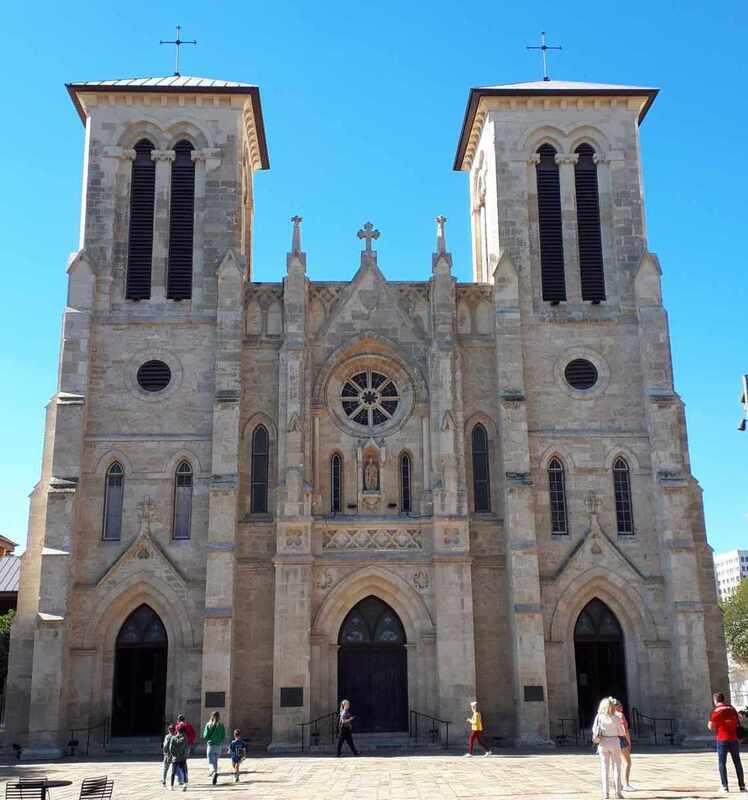
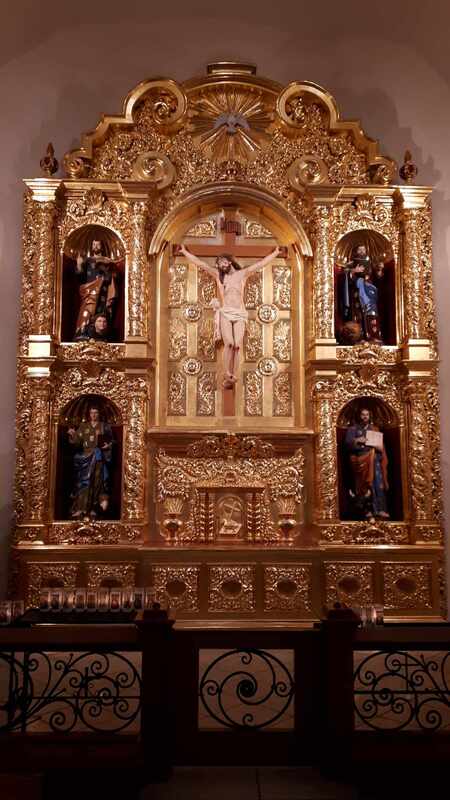
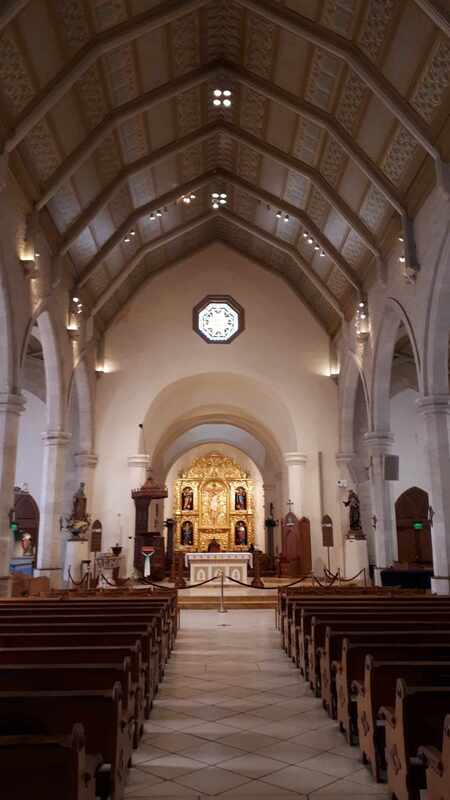
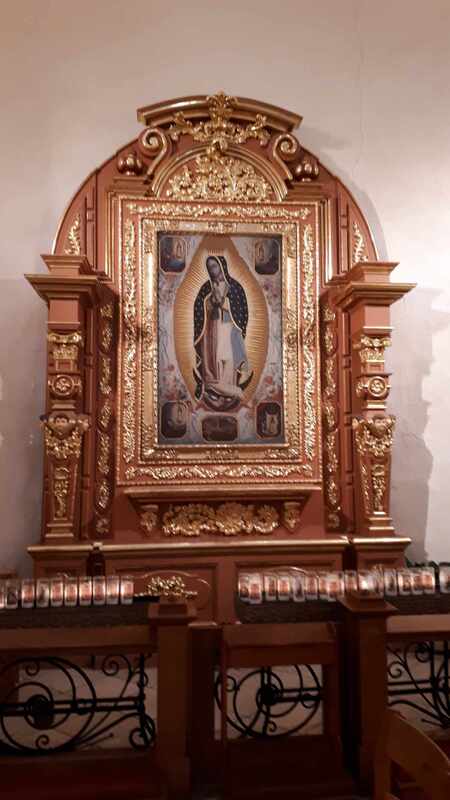
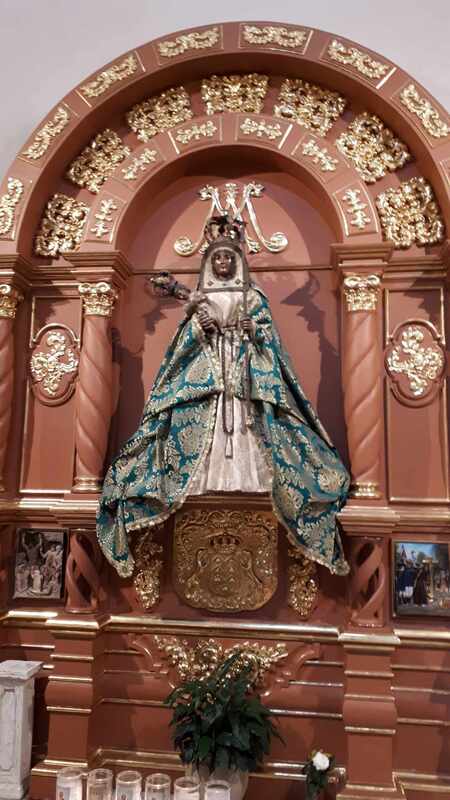
 RSS Feed
RSS Feed
